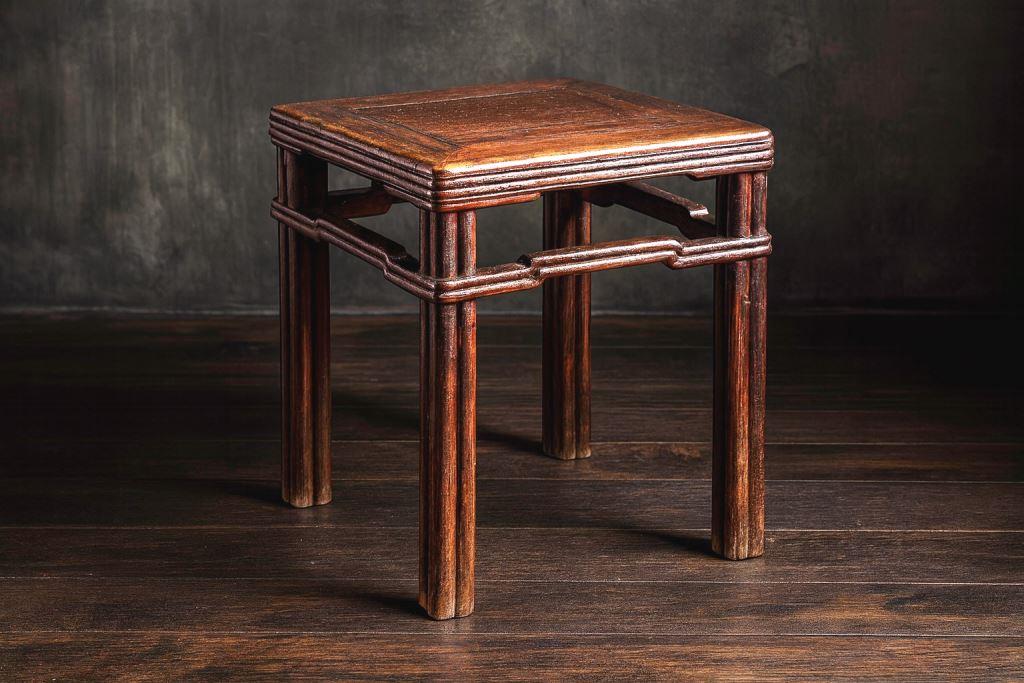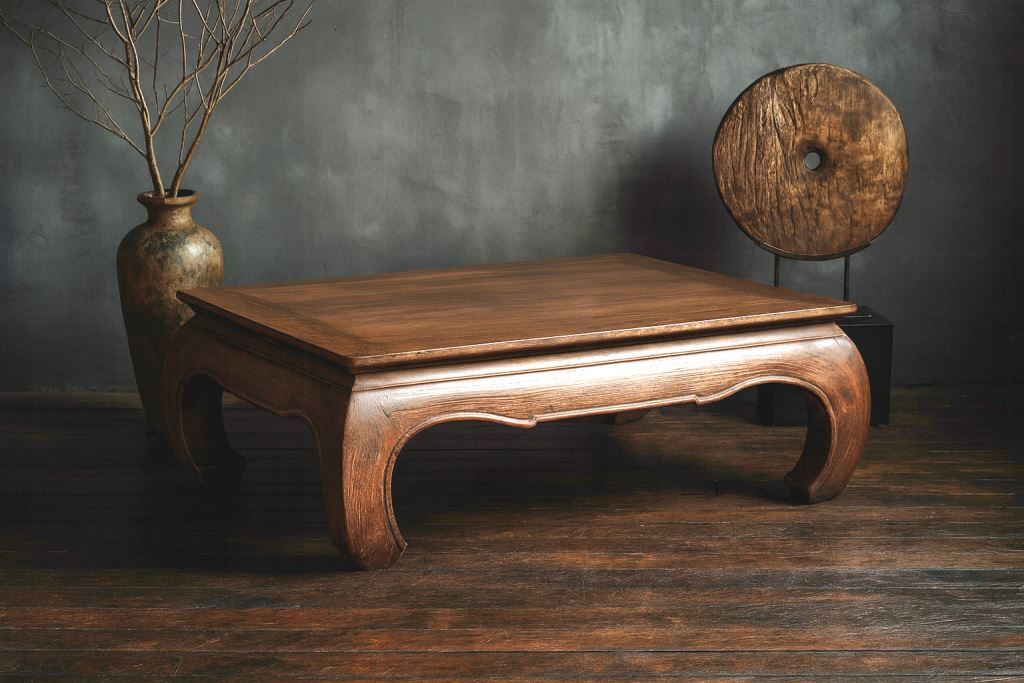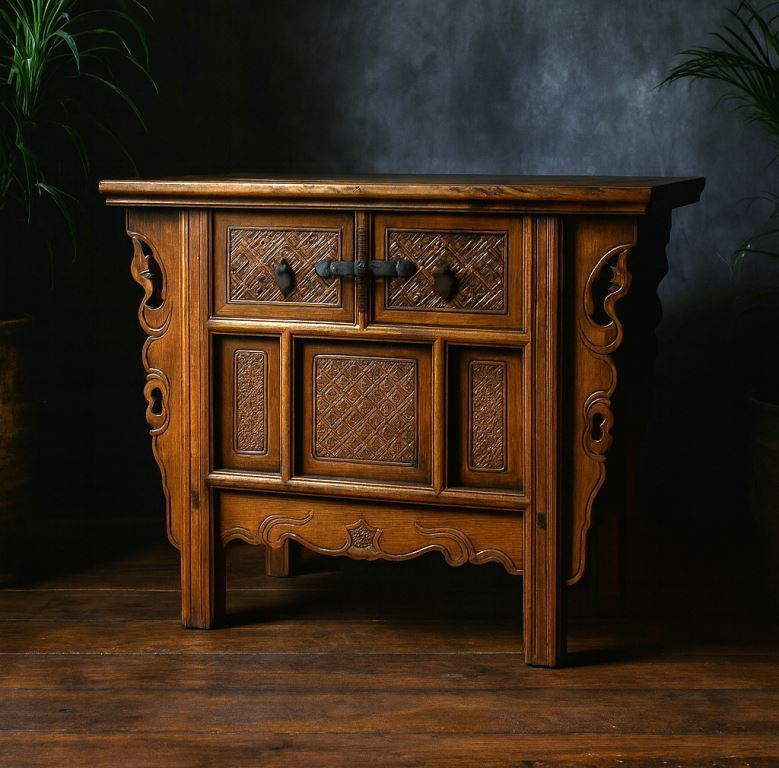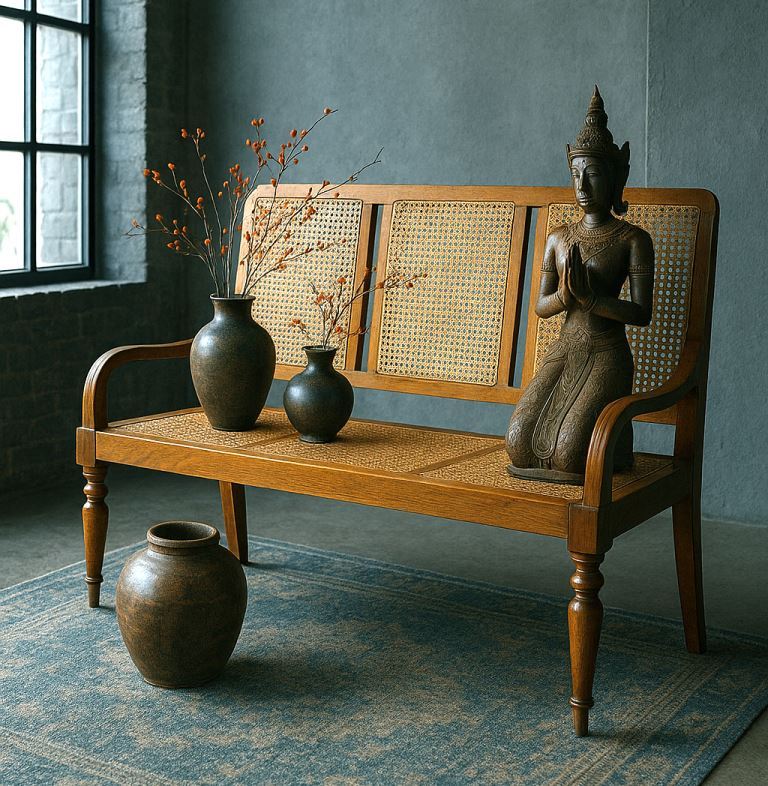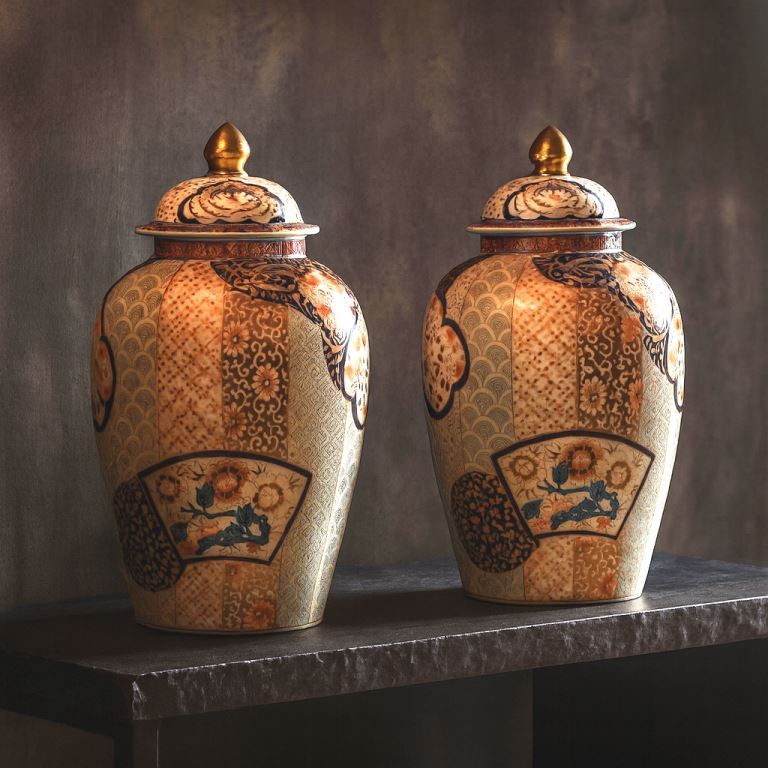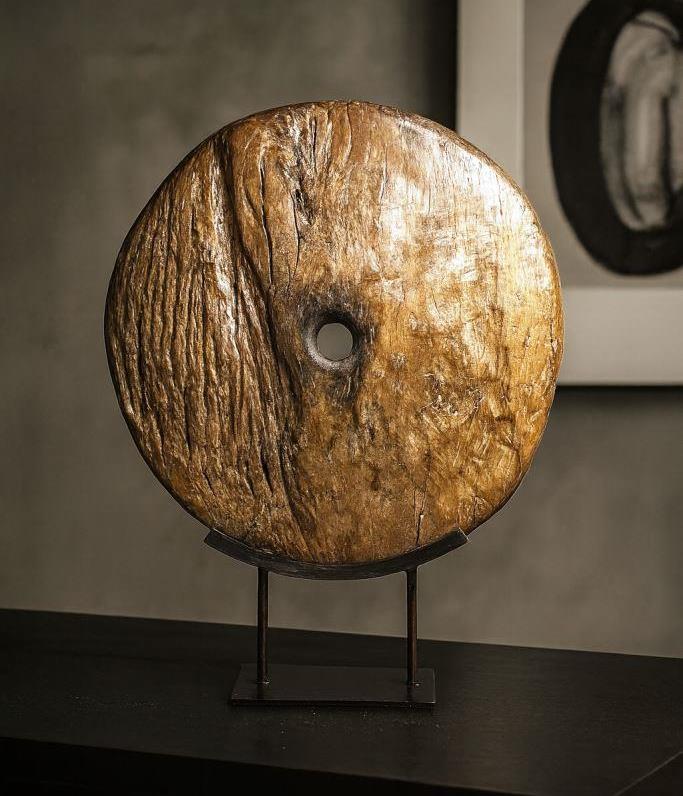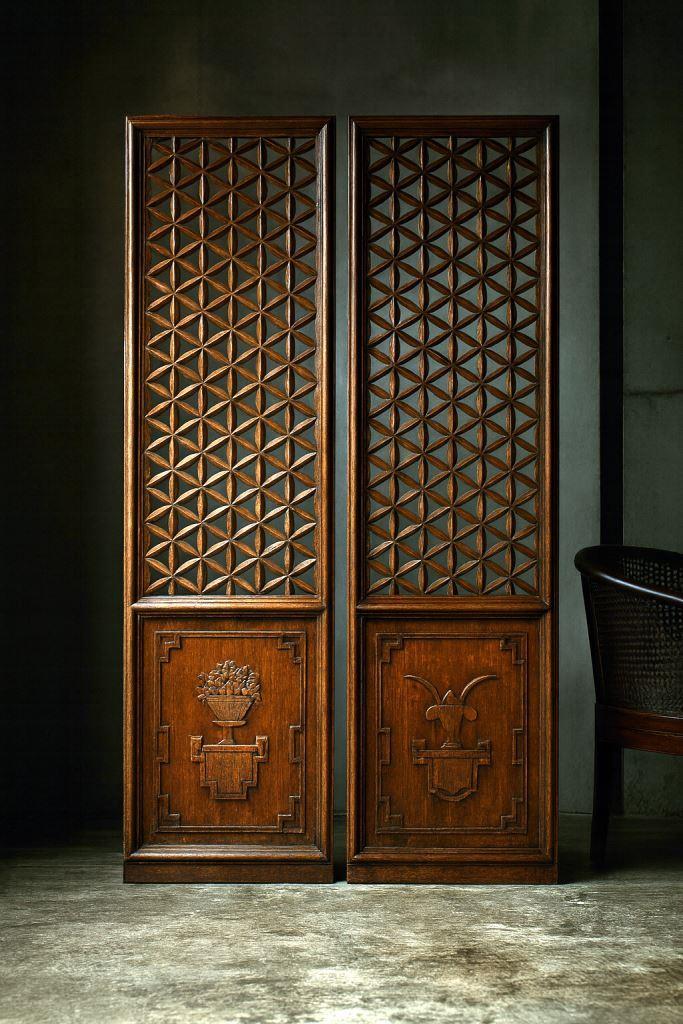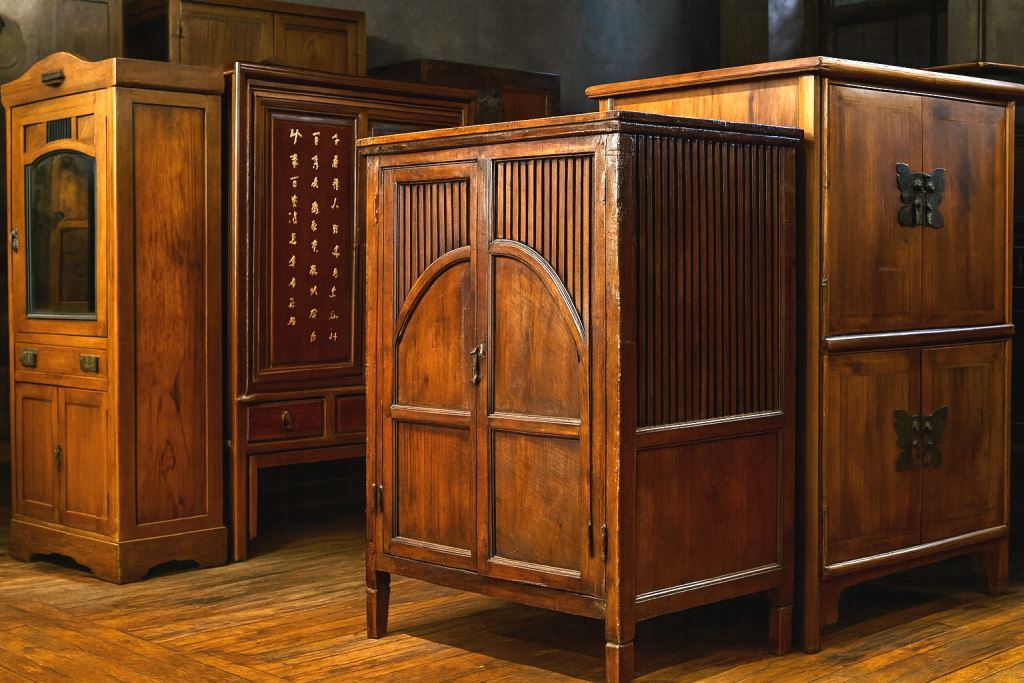Japanese dolls are more than just beautiful artifacts. They are windows into Japan's rich cultural and social history. With some dolls dating back over 2,000 years, their evolution mirrors the values, traditions, and aesthetics of different eras. Whether representing geishas, samurai, or regional deities, collectors and historians highly prized these antique dolls for their exquisite craftsmanship and cultural importance.
The Popularity of Japanese Dolls Through the Ages
The fascination with Japanese dolls began long before they became collector's items. In ancient Japan, dolls were used in religious rituals and as talismans to protect against evil spirits. By the 11th century, their popularity had spread throughout Japan, and they began to take on more decorative and symbolic roles.
During the Edo period (1603-1868), the production of Japanese dolls flourished. This era, known for its peace and cultural development, saw the emergence of many doll-making traditions that continue to influence art today. The Edo period also marked the beginning of doll festivals like Hinamatsuri, which celebrate the beauty and cultural importance of these figures.
Japanese Geisha and Samurai Warrior Dolls
Antique Japanese geisha dolls are among the most iconic representations of Japanese culture. These dolls are modeled after geishas, who were skilled entertainers and artists in Japanese society. Geisha dolls are typically adorned in elaborate kimonos, complete with intricate hairstyles and accessories. Collectors prize these dolls for their aesthetic beauty and their symbolic connection to femininity, artistry, and Japanese cultural history.
In contrast, Japanese samurai dolls represent the warrior class of feudal Japan. These dolls are often depicted in full battle regalia, including armor and swords, symbolizing the bravery and honor of the samurai. Samurai dolls were not just toys but educational tools, teaching children the values of courage, loyalty, and discipline. Today, antique Japanese samurai dolls are admired for their detailed craftsmanship and historical significance.
The Origins and Types of Japanese Dolls
The variety of antique Japanese dolls reflects Japan's diverse cultural and regional traditions. During the Edo period, the creation of dolls became a widespread practice, with each region developing its unique style and types of dolls. Here are some of the most well-known types:
Antique Japanese Daruma Dolls
Daruma dolls are round, hollow figures representing Bodhidharma, the founder of Zen Buddhism. These dolls are often associated with perseverance and good fortune. A unique feature of Daruma dolls is their eyes, which are left blank when first purchased. Owners fill in one eye when setting a goal and the other when the goal is achieved, making these dolls a symbol of determination and success.
Antique Japanese Kokeshi Dolls
Kokeshi dolls are simple, cylindrical wooden dolls that originated in the Tohoku region of Japan. They are characterized by their minimalist design, with a round head and a body typically decorated with floral patterns. Kokeshi dolls were originally made as children's toys, but they have since become popular as decorative items and symbols of traditional Japanese craftsmanship.
Antique Japanese Hakata Dolls
Hakata dolls are clay figures originating from the Hakata region in Fukuoka. Known for their lifelike expressions and intricate details, these dolls often depict scenes from everyday life, historical figures, and even mythological subjects. Hakata dolls became internationally recognized after being exhibited at the Paris Exposition in 1900, and they remain one of the most popular types of Japanese dolls among collectors.
Antique Japanese Hina Dolls
Another important type of Japanese doll is the Hina doll, which is used during the Hinamatsuri festival. These dolls represent the imperial court and are displayed on tiered platforms during the festival. Hina dolls are often passed down through generations and are considered family heirlooms, symbolizing the hopes and prayers for a girl's happiness and prosperity.
The Cultural Significance of Japanese Dolls
Japanese dolls hold significant cultural importance. The Hinamatsuri festival, also known as Girls' Day, highlights this. During this festival, families with daughters display their Hina dolls on a multi-tiered platform covered with red cloth. The dolls, which represent the Emperor, Empress, and their court, are arranged in a specific order, with the most important figures on the top tier.
The festival is not only a celebration of the dolls but also a reflection of family traditions and status. Wealthier families often have more elaborate displays, with intricately crafted dolls dressed in fine clothing. The Hinamatsuri festival is a time for families to come together and honor their daughters, wishing them health, happiness, and success in life.
Aside from Hinamatsuri, Japanese dolls play a role in other cultural and religious practices. For example, Daruma dolls are used in temples and homes as symbols of perseverance and good fortune.
Explore and Collect Antique Japanese Dolls at FEA Home
If you are fascinated by Japanese dolls' rich history and cultural significance, consider adding one to your collection. At FEA Home, we offer a wide selection of antique Japanese dolls, each carefully curated to ensure authenticity and quality. Whether you are drawn to the delicate beauty of a geisha doll, the noble strength of a samurai doll, or the simplicity of a kokeshi doll, our collection has something for every enthusiast.
Browse our collection and learn more about the unique stories behind each doll. Our team is always available to provide additional information and help you find the perfect piece to add to your collection. Start your journey into the world of antique Japanese dolls today with FEA Home.






